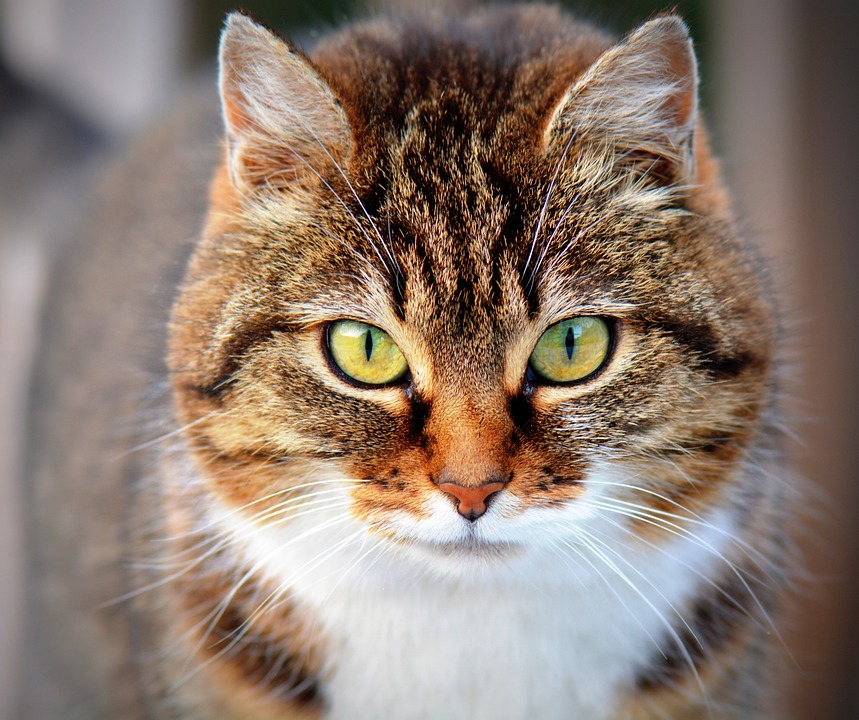Exercising senior cats is crucial for maintaining their overall health and well-being. Regular physical activity can help manage weight, improve joint health, increase blood circulation, and provide mental stimulation. However, it’s important to tailor fitness activities to suit the specific needs and limitations of aging felines. Here are some tips for exercising senior cats and promoting their fitness:
1. **Interactive play sessions:** Engaging senior cats in interactive play sessions is an excellent way to keep them active. Use toys that encourage exercise, such as wand toys with feathers or strings. These toys simulate hunting and capture their interest. Keep play sessions short and provide plenty of breaks to prevent overexertion.
2. **Low-impact exercises:** Opt for low-impact exercises that are gentle on your senior cat’s joints. Encourage them to climb cat trees, use scratching posts, or play with puzzle toys that require movement and stretching. These activities help maintain flexibility and promote joint health.
3. **Moderate aerobic activities:** Consider introducing moderate aerobic activities like walking on a leash or using a cat exercise wheel. These activities can improve cardiovascular health and help manage weight. Make sure to start slowly and gradually increase the intensity and duration of the exercise.
4. **Environmental enrichment:** Creating an enriching environment for your senior cat is essential for their overall well-being. Provide scratching posts, climbing shelves, and interactive toys to encourage natural behaviors and keep them physically and mentally stimulated.
When exercising senior cats, it’s important to keep in mind their individual needs and limitations. Here are some frequently asked questions about exercising senior cats:
Q1. *How often should I exercise my senior cat?*
A1. Aim for two to three short exercise sessions each day, lasting around 10-15 minutes each. This frequency allows your senior cat to stay active without becoming overwhelmed.
Q2. *What signs indicate that my senior cat is overexerting during exercise?*
A2. Signs of overexertion in senior cats include excessive panting, reluctance to continue exercising, or difficulty in breathing. If you notice any of these signs, it’s essential to stop the activity and consult your veterinarian.
Q3. *Are there any exercises I should avoid for my senior cat?*
A3. Avoid high-impact exercises, such as jumping or intense running, as they can strain the joints of senior cats. Always consider your cat’s individual health condition and consult your veterinarian before starting any new exercise routine.
Q4. *What if my senior cat refuses to exercise?*
A4. Some senior cats may be less interested in exercise, but it’s important to keep them active. Experiment with different activities, toys, and treats to find what motivates your cat. Consulting with a veterinarian or a professional animal behaviorist can also provide valuable insights.
Remember, exercising senior cats should always be done with care, considering their age and any underlying health conditions. Regular exercise, combined with a balanced diet and regular veterinary check-ups, ensures your senior cat stays healthy and happy for years to come.








